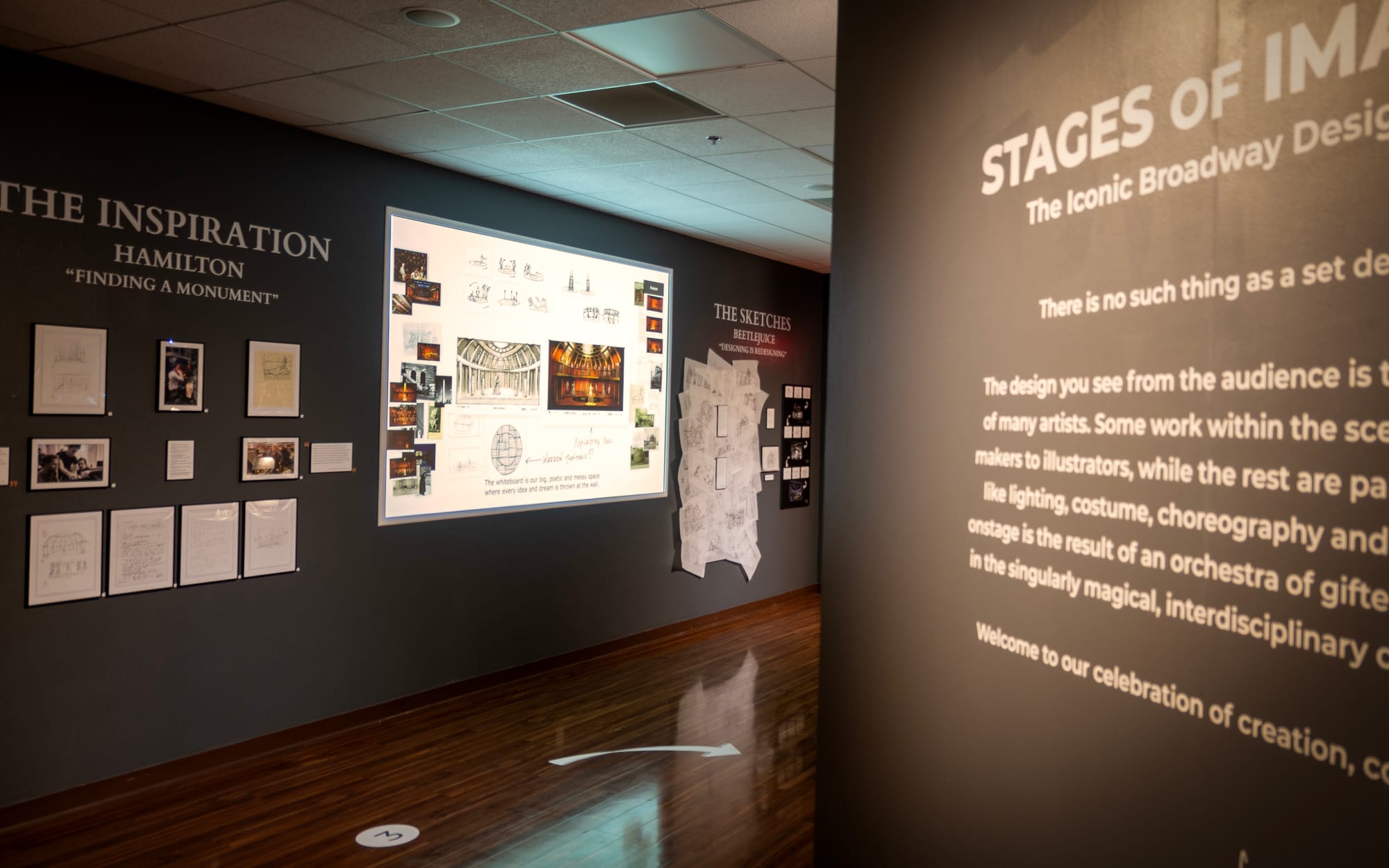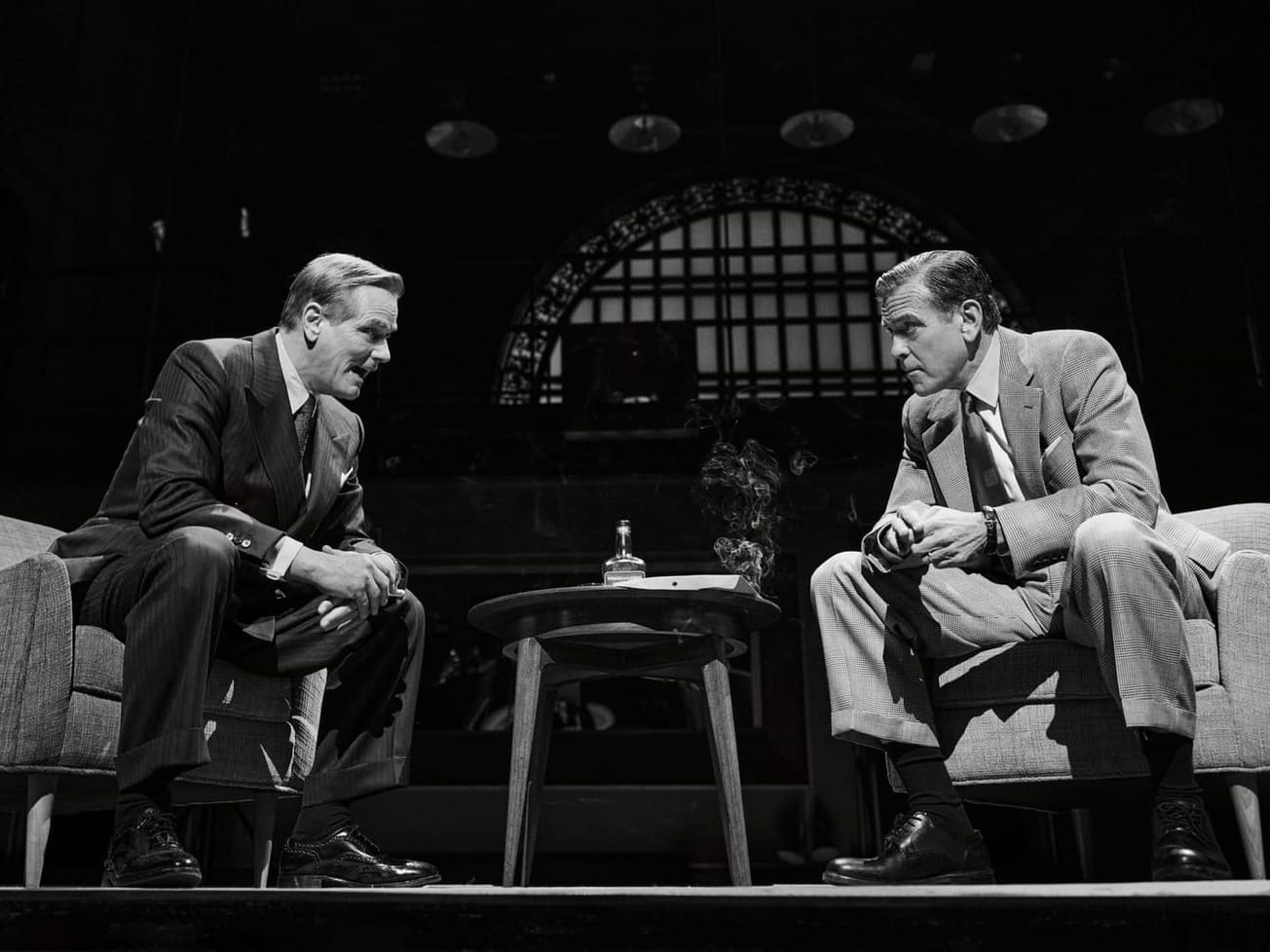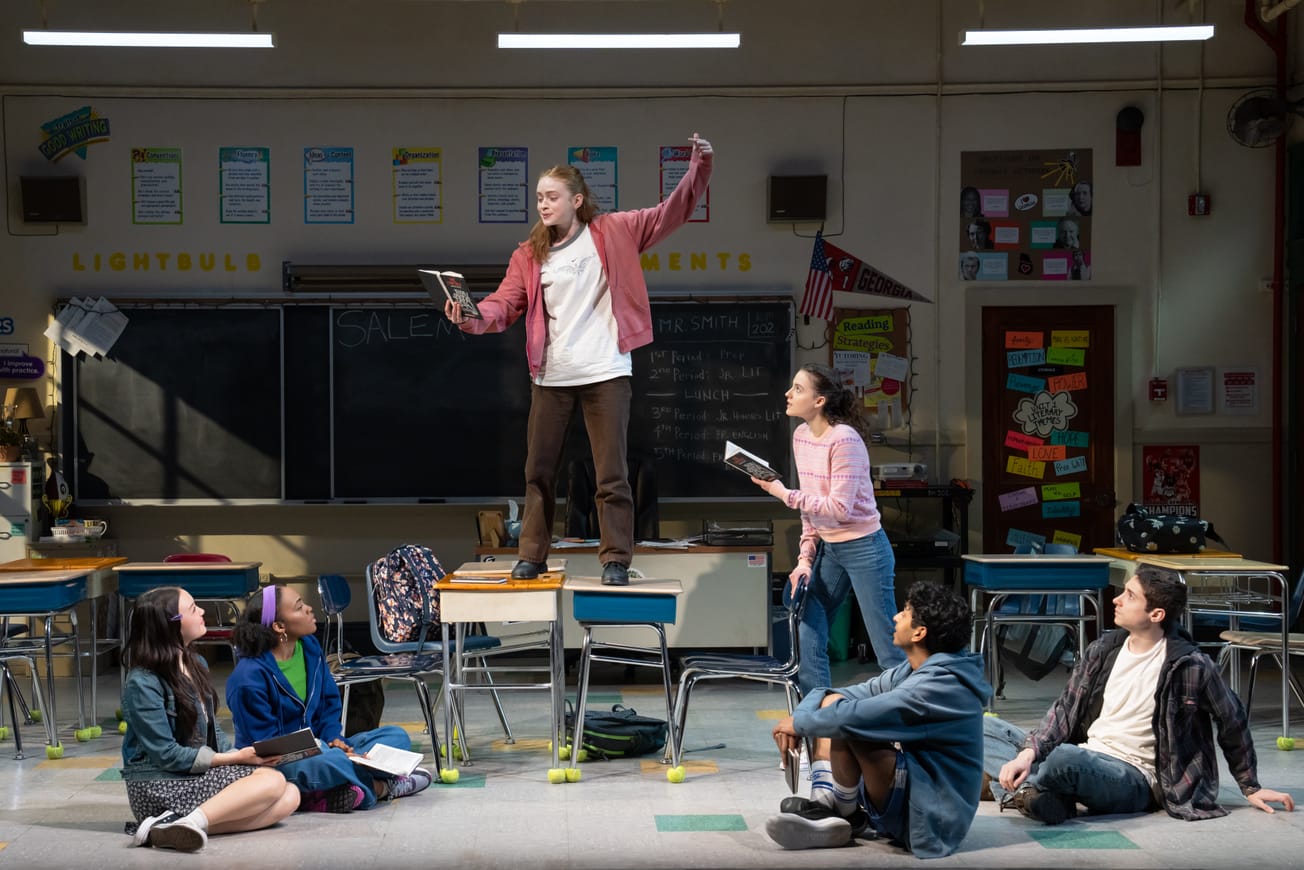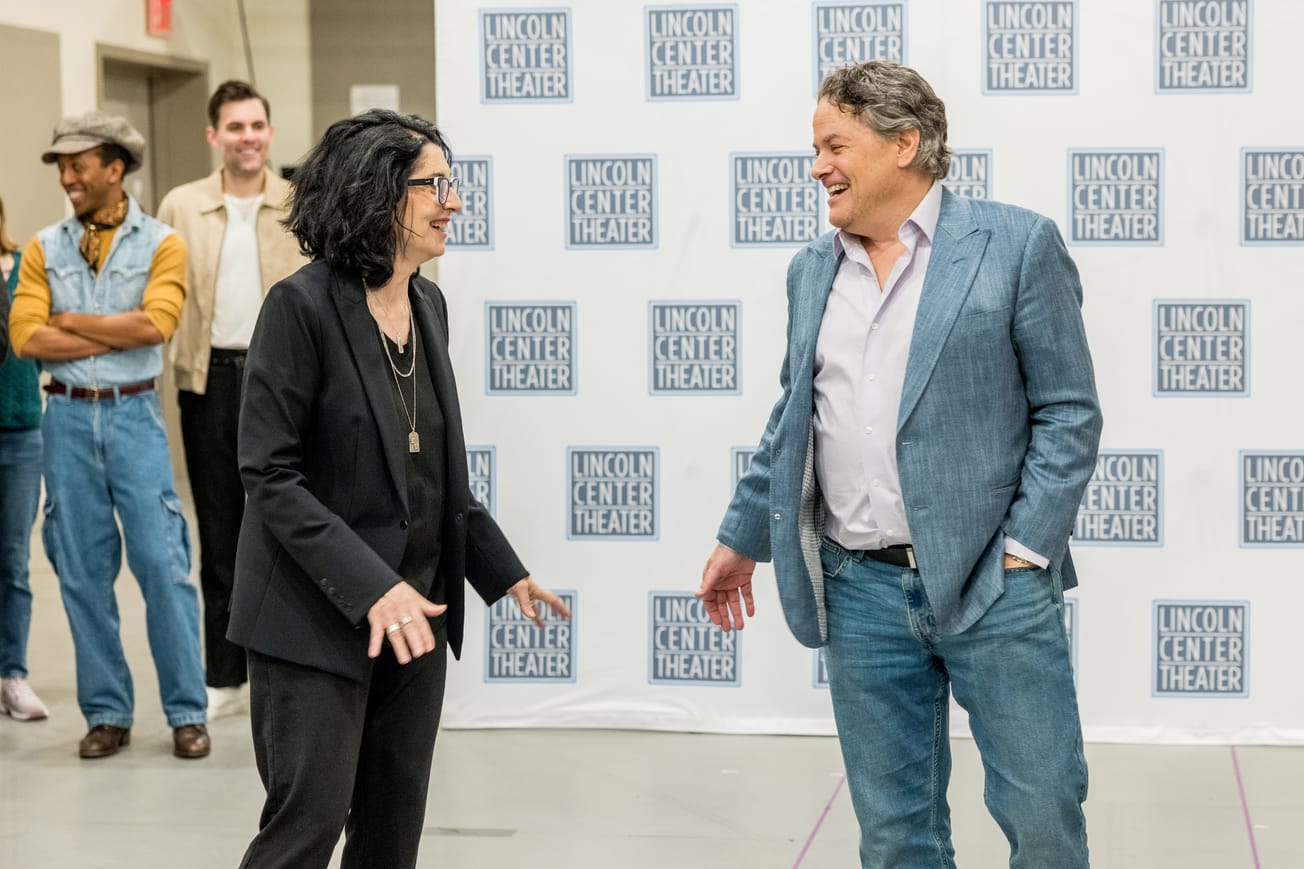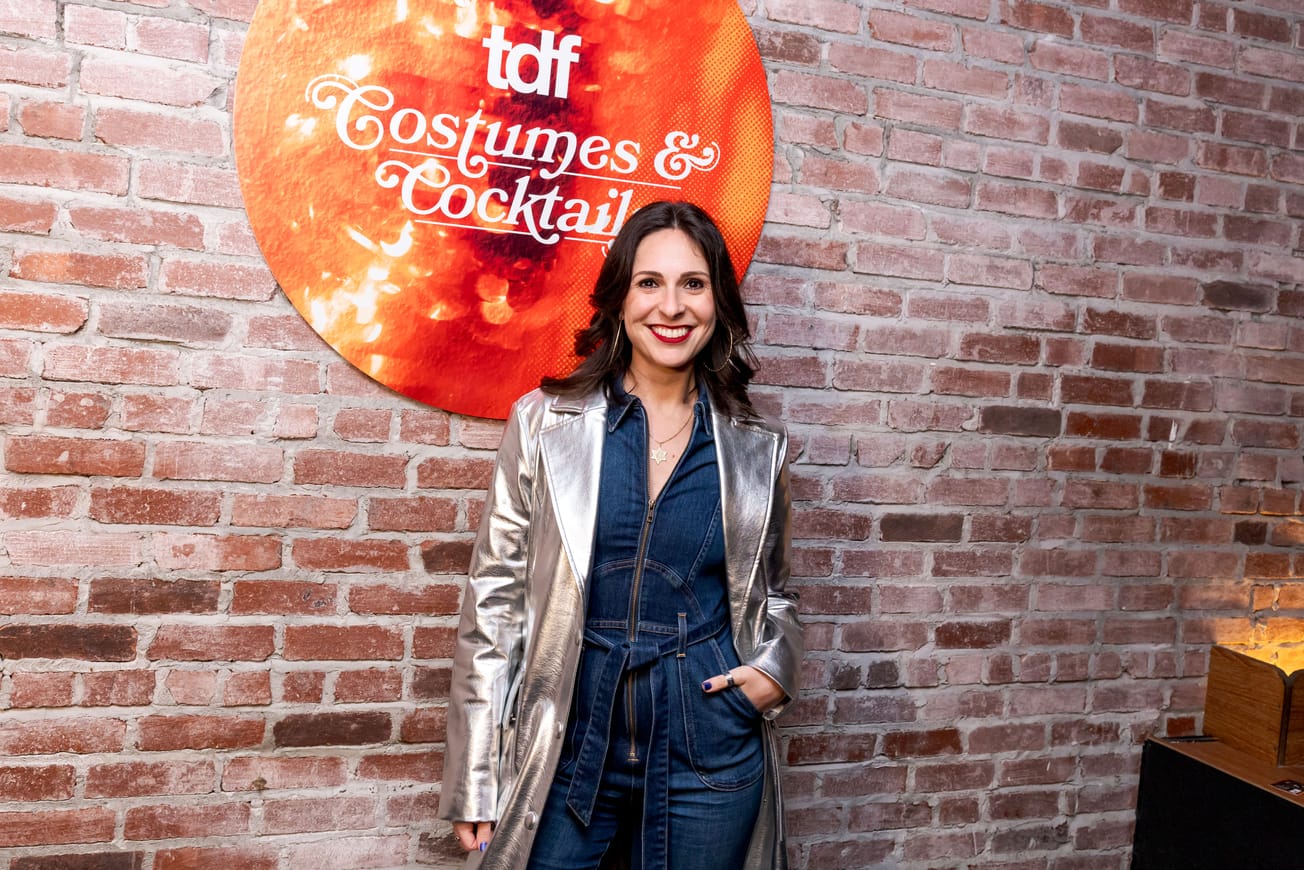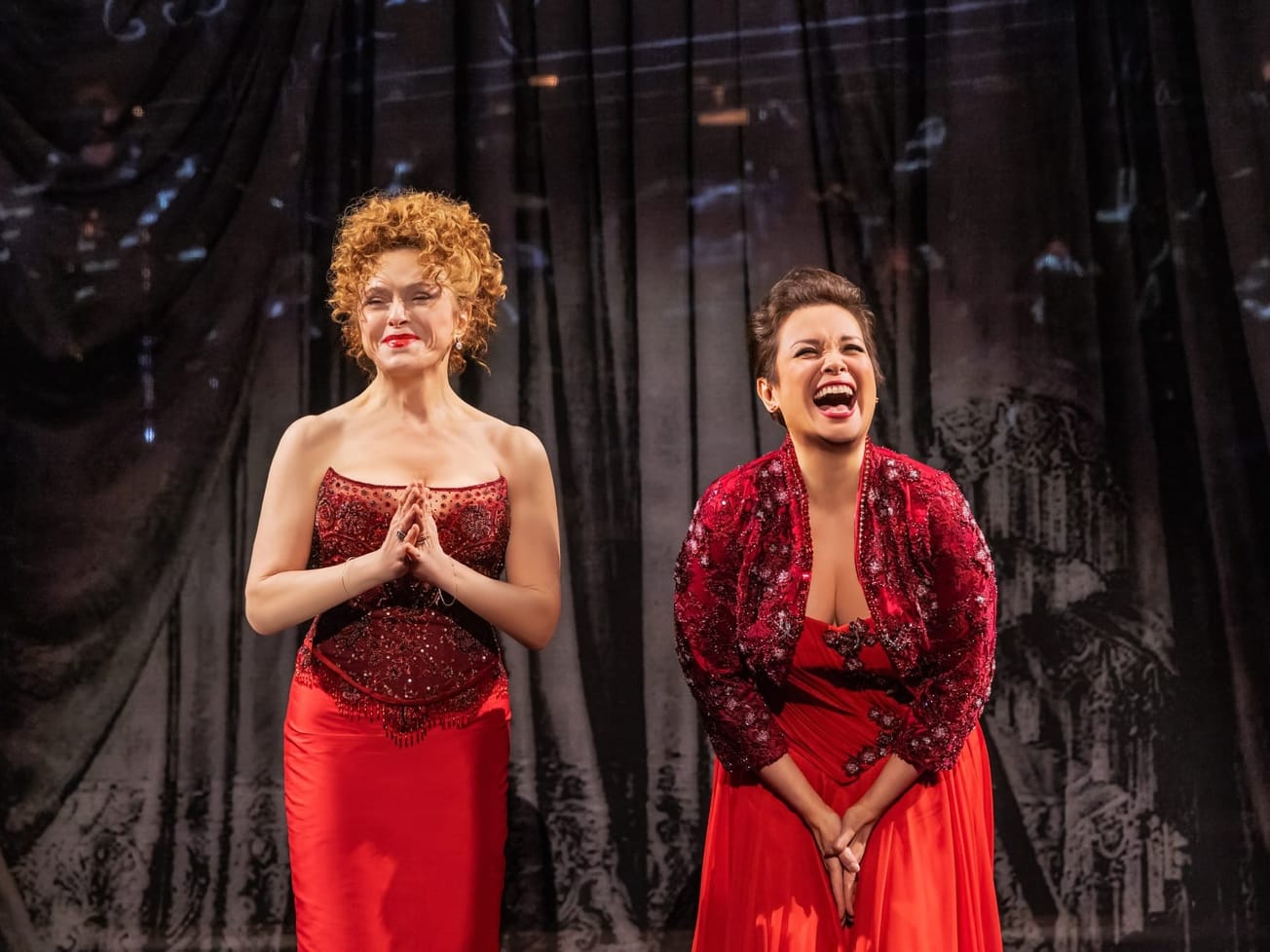A Victorian doll house. Micro-sculptures out of a pencil’s graphite tip. Figurines tributing the famous Green Army Man. These are pieces of art you’ll find on display at the Mini Time Machine Museum of Miniatures in Tucson, Arizona. So when four-time Tony Award-nominated scenic designer David Korins received an email from the museum’s new director, asking Korins if he’d be interested in displaying his work there, he was a little surprised. Not because he doesn’t work in miniatures. He does. Quarter-inch, half-inch set models. While they are tools of the trade, they’re usually not the kind of art you’d see behind glass.
“We use scale and exploration of it to work through designs,” Korins told Broadway News. “The difference is our stuff is not made to be museum quality. It is made as a tool to convey to creative teams and people what it’s going to be.”
But the museum’s leadership wanted to change things up by featuring the designer.
Korins agreed, but insisted on building an exhibit that emphasizes the process and collaborative nature of theatrical scenic design, rather than showcasing “his” final products. “No one owns an idea,” Korins urged. “You find your way in a community of collaborators. I felt like: There is no such thing as a set design by David Korins; there are hundreds of people coming together and making thousands of decisions.”
“Stages of Imagination: The Iconic Broadway Designs of David Korins” was a joint effort of Korins Studio and the museum. The exhibit, which opened on Sept. 20, takes up 1,600 square feet and includes insights about Korins’ processes for Broadway’s “Hamilton,” “Dear Evan Hansen,” “Beetlejuice,” “Here Lies Love” and the 2024 revival of “The Who’s Tommy.”
“My hope was to choose five [shows] that felt prescient, but also different from each other,” Korins said. “So that you could see how the same challenge — how do you design a musical? — could give you five very different outputs.”
Visitors have been able to look at everything from Korins’ scribbled ink drawings of overlapping squares (a precursor to the hanging tile screens of “Dear Evan Hansen”) to physical, full-size set pieces (the actual striped couch from “Beetlejuice”) in a cacophony of sketches, impulses, research, renderings, miniature models and final production photos.
